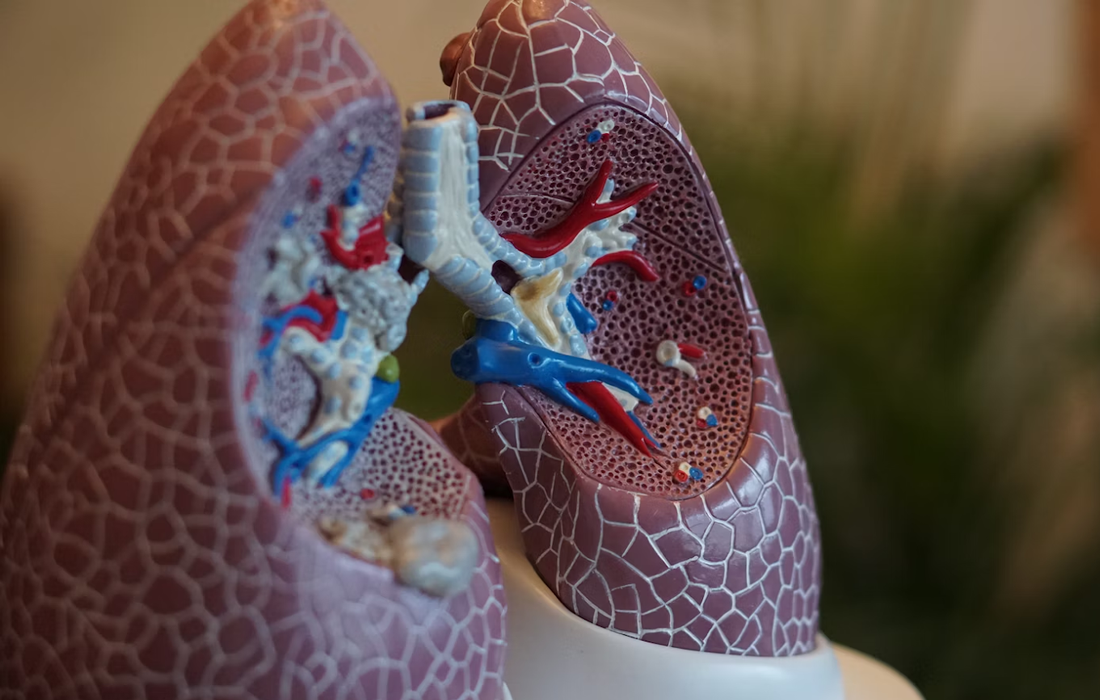Regenerative Medicine News and General Information
Specialized T Cells May Trigger Severe Asthma Attacks in Older Men
Scientists from the University of Southampton and La Jolla Institute for Immunology (LJI), in California, have uncovered a group of immune cells that may drive severe asthma. These cells gather in the lungs and appear to cause the most harm in men who develop asthma in later life.
The new research, published in MED, suggests asthma patients with these cells in their lungs may be more likely to have hard-to-treat, and potentially fatal, asthma attacks. Normally a doctor would give an asthma patient a general therapy to dampen their immune response, but these cells don’t respond to treatment.
The scientists uncovered these T cells, called ‘cytotoxic CD4+ tissue-resident memory T cells’, thanks to volunteers enrolled in the NHS clinic-based WATCH study. It follows hundreds of asthma patients of different ages, sexes, and disease severities. By following patients over many years, and analysing their immune cell populations, researchers are making new connections between asthma symptoms and immune cell activity.
The T cells are called “memory” cells because they react to molecules that the body has previously fought off. They help protect the body from viruses and bacteria, but the same T cell memory is a big problem for asthma patients. Their misguided T cells see harmless molecules, such as pollen, and produce a dangerous inflammatory response.
Men who developed asthma later in life had an overwhelming number of these potentially harmful T cells. Their lungs should have been home to a diverse bunch of CD4+ T cell types but, in this group, more than 65 per cent of their cells were cytotoxic CD4+ tissue-resident memory T cells.
Single-cell RNA sequencing by LJI scientists provides a ‘biomarker’ to help detect cytotoxic CD4+ tissue-resident memory T cells in more patients going forward.
Finding this biomarker represents a “paradigm shift” in asthma research, says Dr Kurukulaaratchy. Before now, scientists and clinicians separated asthma patients into just two groups: ‘T2 high’ and T2 low’. In a study published earlier this year, the research team showed the importance of drilling down to identify many more asthma patient subgroups; their analysis reveals that 93 per cent of WATCH subjects with severe asthma were in the T2 high category.
The researchers now want to use sequencing tools and other techniques to discover additional biomarkers and asthma patient subtypes.
Sources:
Sara Herrera-De La Mata, Ciro Ramírez-Suástegui, Heena Mistry, Francisco Emmanuel Castañeda-Castro, Mohammad A. Kyyaly, Hayley Simon, Shu Liang, Laurie Lau, Clair Barber, Monalisa Mondal, Hongmei Zhang, Syed Hasan Arshad, Ramesh J. Kurukulaaratchy, Pandurangan Vijayanand, Grégory Seumois. Cytotoxic CD4+ tissue-resident memory T cells are associated with asthma severity. Med, 2023; DOI: 10.1016/j.medj.2023.09.003
University of Southampton. (2023, October 23). Specialized T cells may trigger severe asthma attacks in older men. ScienceDaily. Retrieved October 23, 2023 from www.sciencedaily.com/releases/2023/10/231023124358.htm
Image from: https://unsplash.com/photos/selective-focus-photography-of-anatomy-lungs-Pw9aFhc92P8

